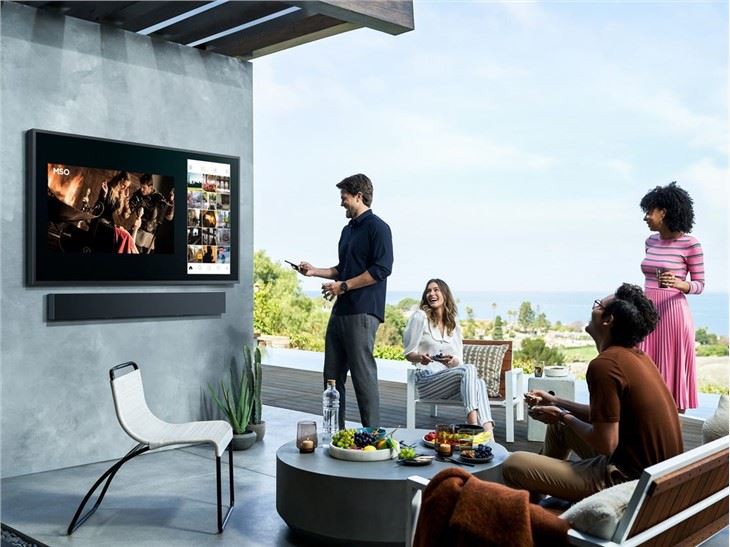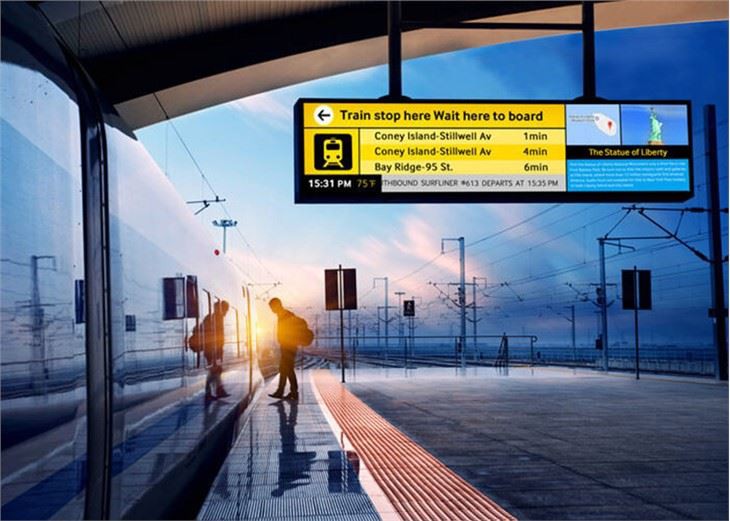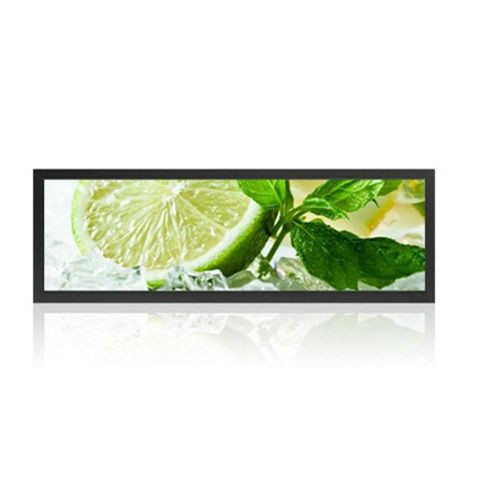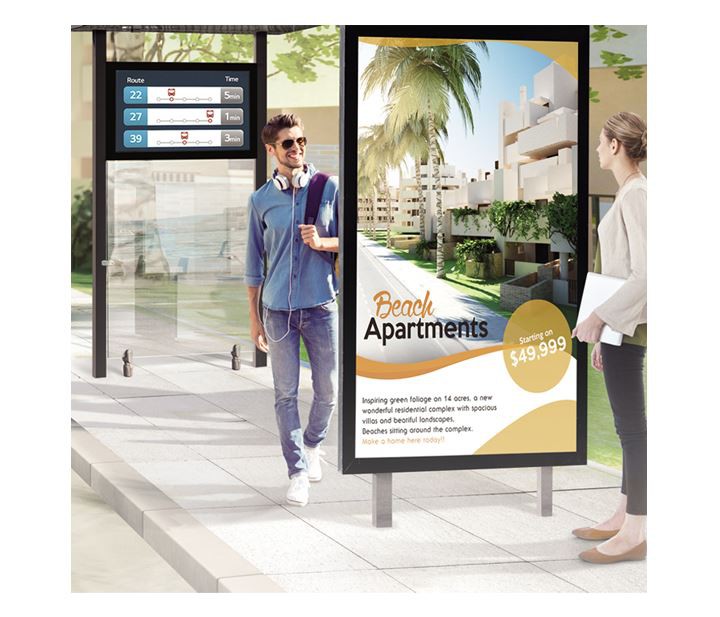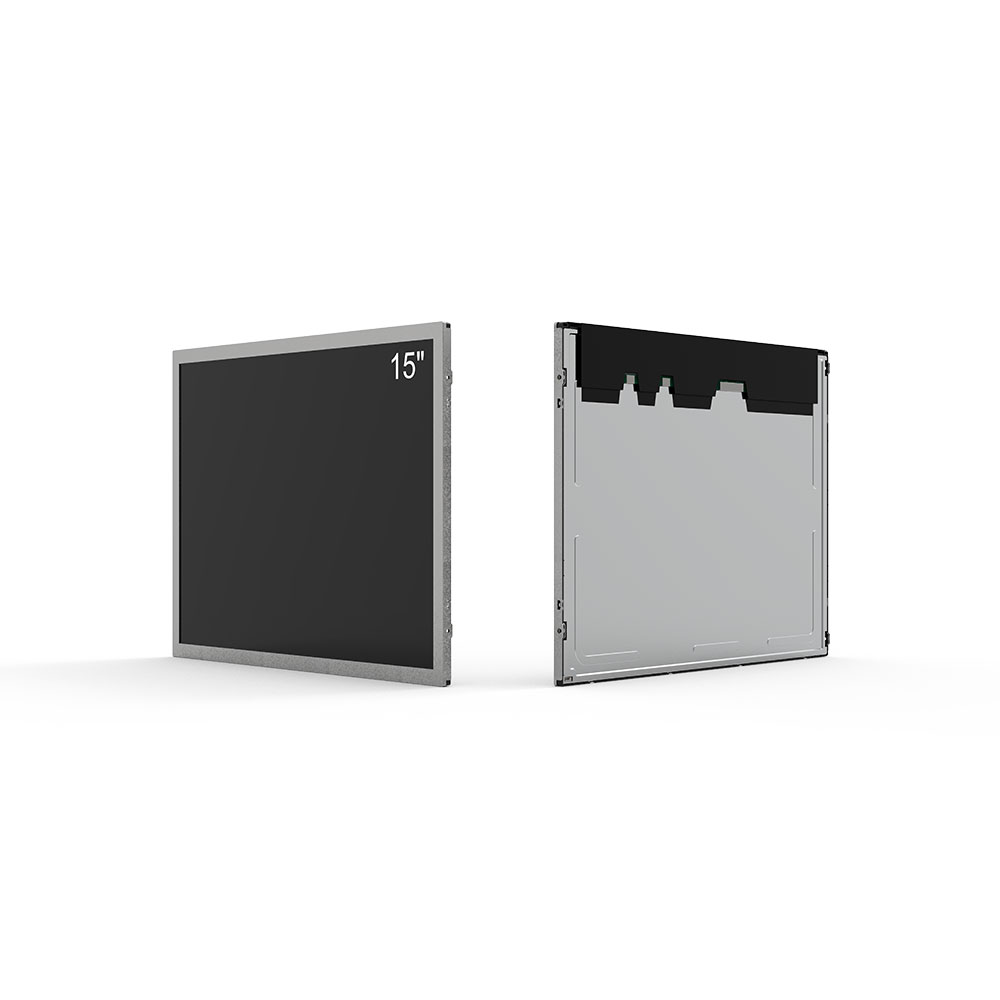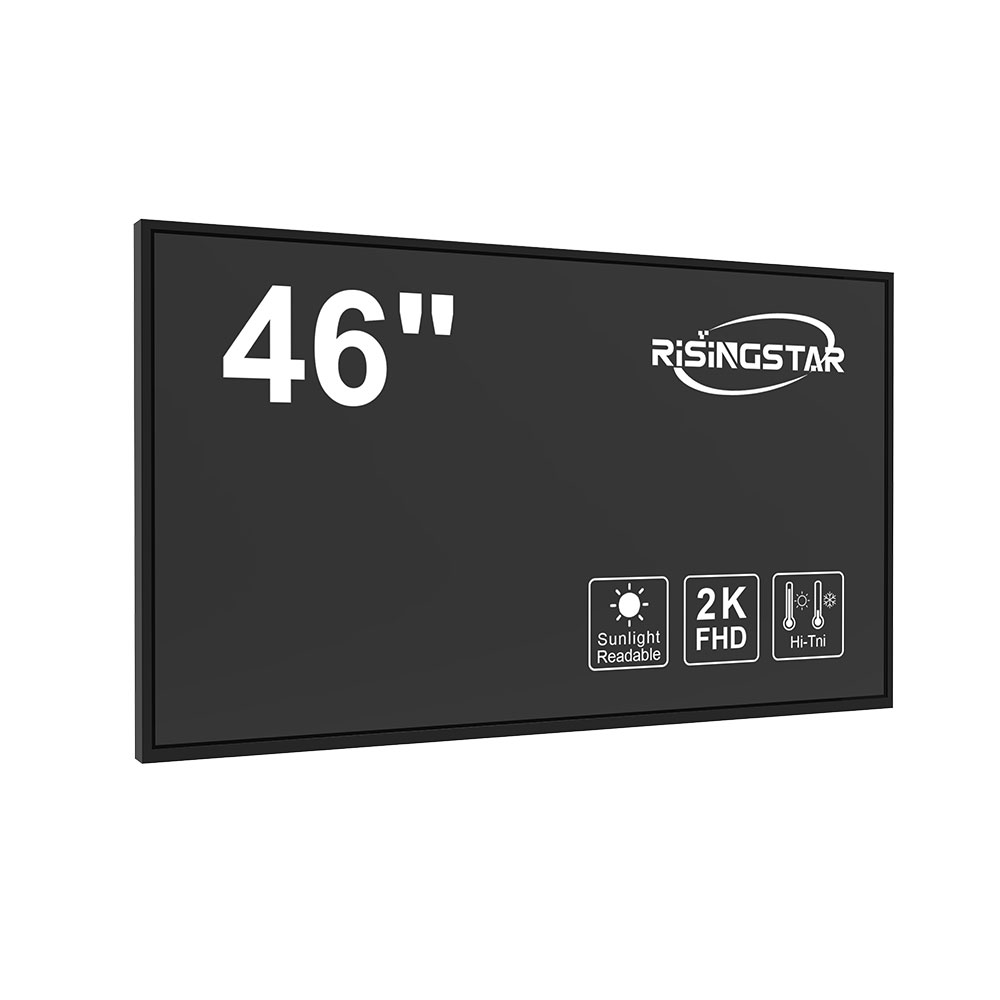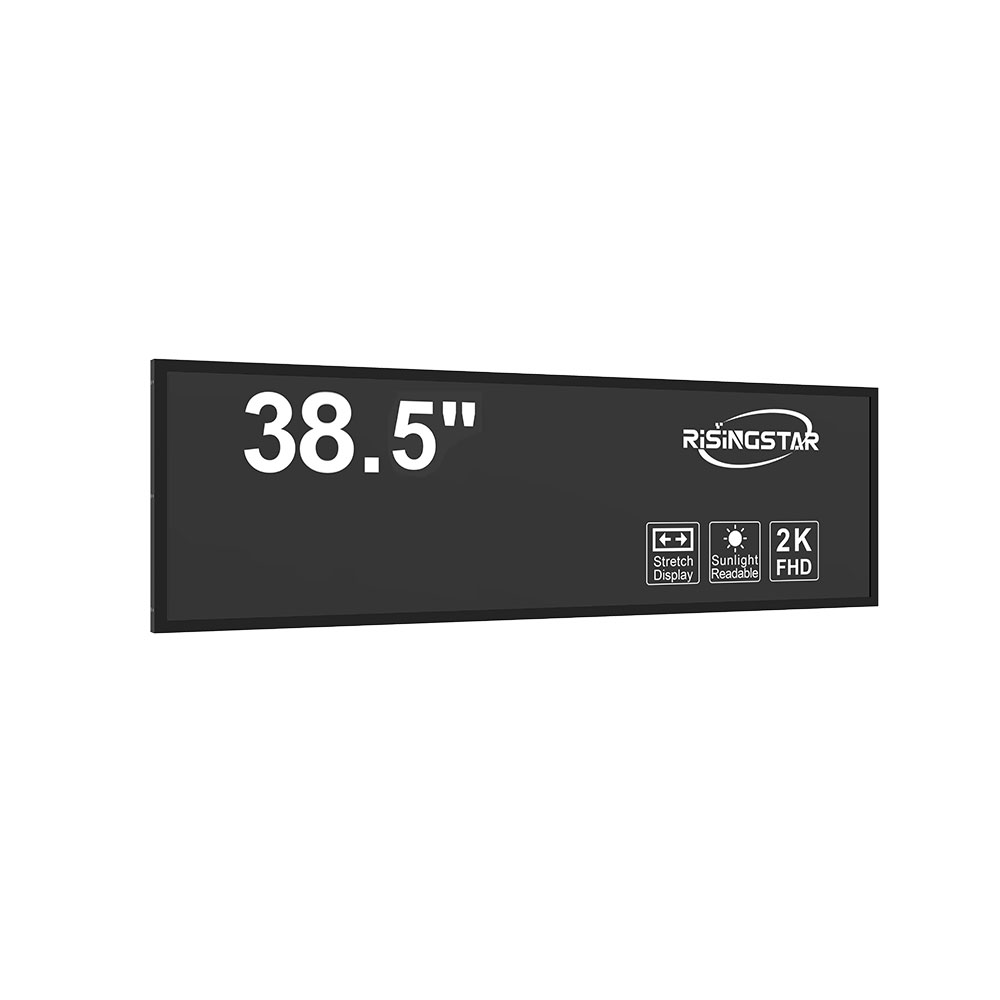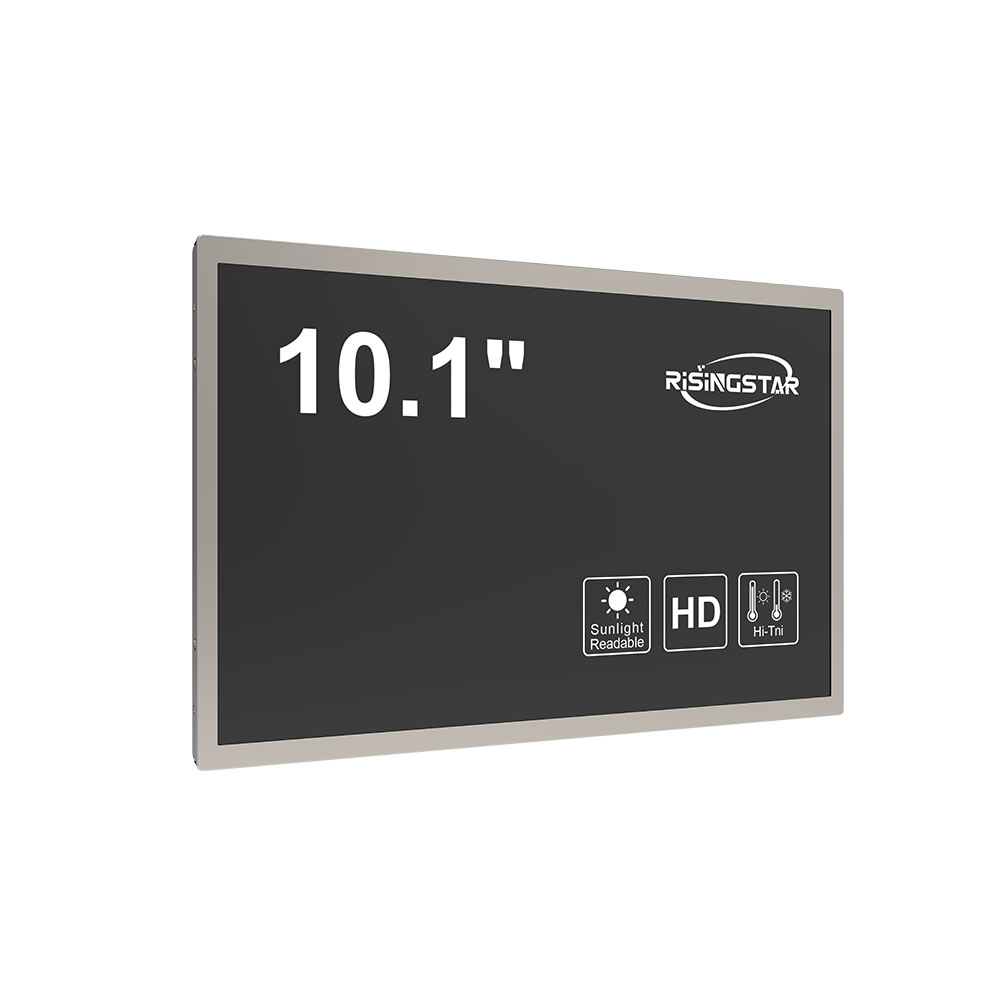When selecting an outdoor LCD screen for commercial, industrial, or public use, engineers and procurement managers must prioritize both visibility under variable lighting conditions and long-term durability against environmental stressors. According to the International Electrotechnical Commission (IEC) standard IEC 60068-2-14, outdoor displays must withstand temperature extremes from -30°C to +70°C, while also resisting moisture, dust, and mechanical vibration. A key performance metric is brightness—industry benchmarks recommend a minimum of 5,000 nits for direct sunlight visibility, with high-end models reaching 7,000–10,000 nits for critical applications such as highway signage or airport information boards.
The choice of display technology matters significantly. LED-backlit LCDs are more energy-efficient than CCFL models and offer better contrast ratios in daylight, making them ideal for outdoor kiosks and digital billboards. Additionally, anti-glare coatings and polarization filters reduce reflections, improving readability even at oblique angles—a crucial factor for pedestrian-facing installations. Case studies from the U.S. Department of Transportation (DOT) show that properly installed outdoor LCD screens with 7,000+ nits brightness maintained over 95% legibility during peak sun hours, compared to only 65% for lower-brightness alternatives.
Durability extends beyond brightness. IP65 or higher ingress protection ratings ensure resistance to water jets and dust ingress, essential for coastal or desert environments. Vandal-resistant materials like polycarbonate front panels and tamper-proof enclosures enhance security in urban settings. In a 2023 field test by LG Electronics, outdoor LCD units with reinforced aluminum frames and shock-absorbing mounts showed a 40% reduction in failure rates after 12 months in high-footfall areas like shopping malls and transit hubs.
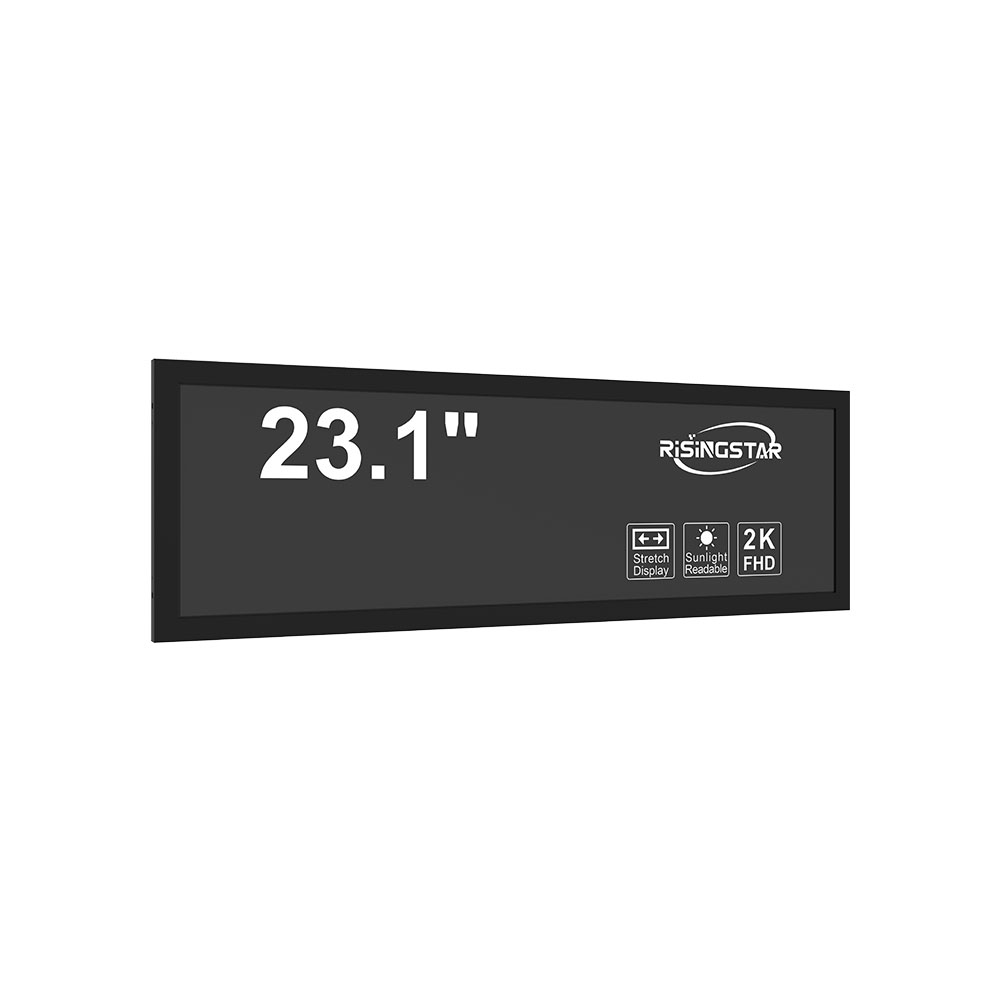
Power efficiency is another often-overlooked parameter. Many modern outdoor screens incorporate adaptive brightness control powered by ambient light sensors, which can cut energy consumption by up to 30% without sacrificing visibility. This aligns with ISO 50001 energy management standards, offering cost savings and sustainability benefits for large-scale deployments.
Ultimately, choosing the right outdoor LCD screen requires a systems-level approach—not just specs but integration with environmental context, maintenance protocols, and lifecycle cost analysis. Whether for retail advertising, traffic monitoring, or public information displays, investing in certified, well-engineered solutions ensures operational reliability, regulatory compliance, and user satisfaction over a decade or more.



